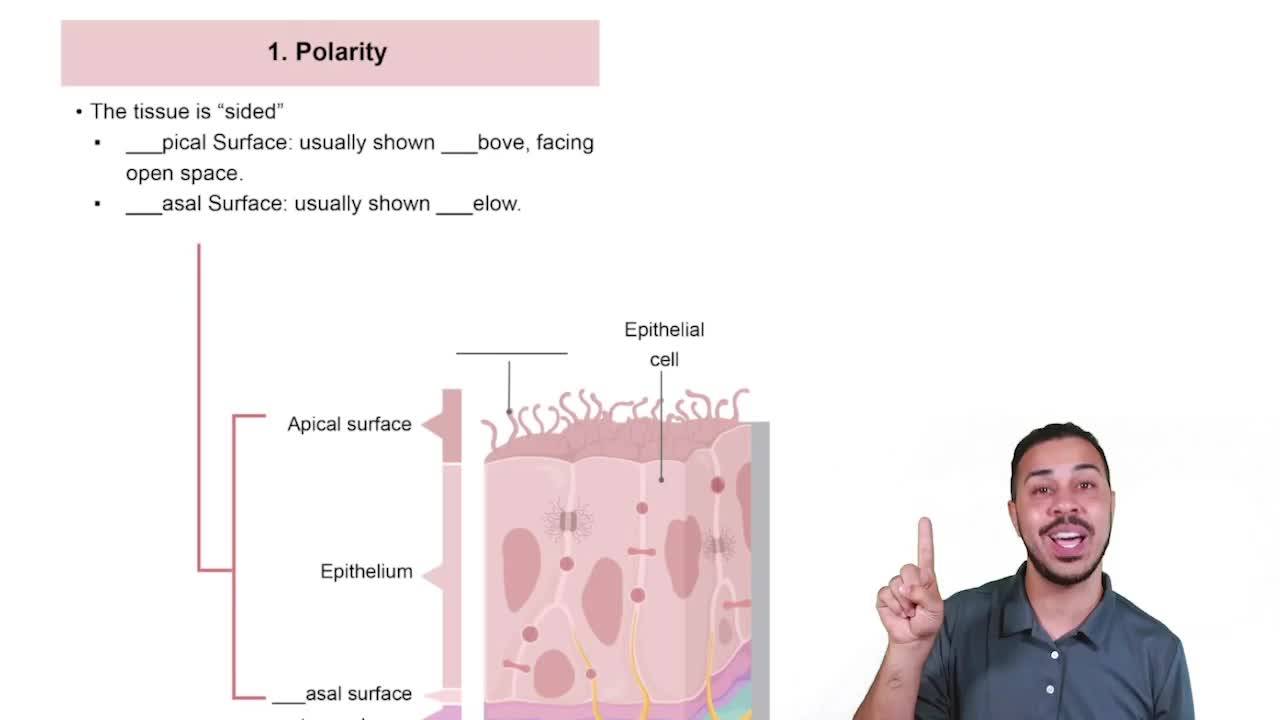Textbook Question
What coefficients must be placed in the following blanks so that all atoms are accounted for in the products?C6H12O6→_C2H6O+_CO2a. 2; 1b. 3; 1c. 1; 3d. 2; 2
1850
views
 Verified step by step guidance
Verified step by step guidance Verified video answer for a similar problem:
Verified video answer for a similar problem:



 6:53m
6:53mMaster Introduction to Chemical Bonding with a bite sized video explanation from Bruce Bryan
Start learning